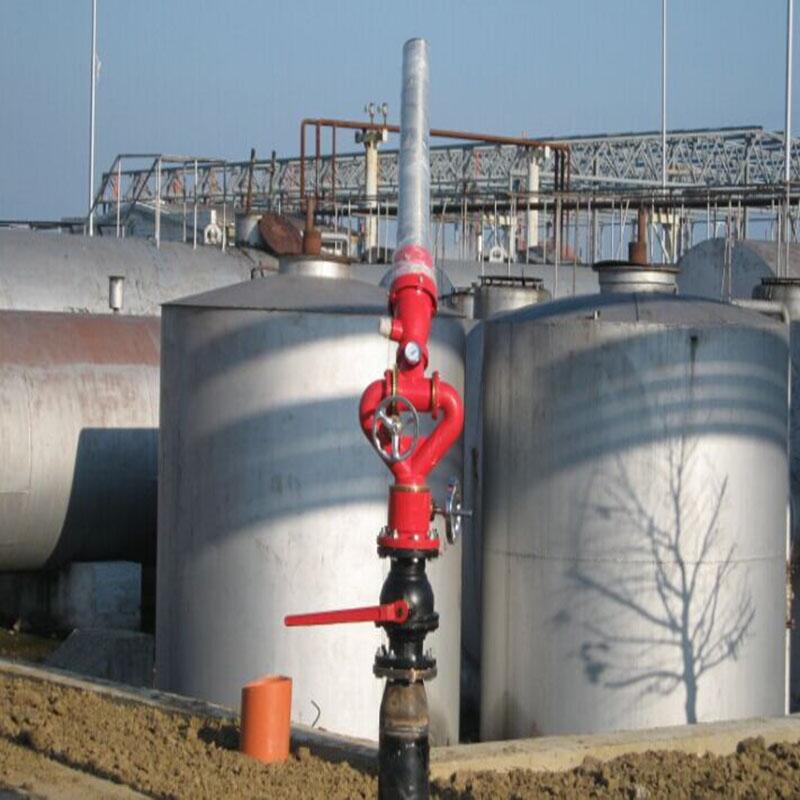In engineering projects, manual fire monitors play a crucial role in firefighting systems, particularly in industrial settings, warehouses, petrochemical plants, and ports. Due to the prolonged manufacturing and transportation cycles of fire monitors, it is essential to ensure a stock of common spare parts to maintain operational readiness. This article outlines the key components and accessories required for engineering manual fire monitors, focusing on critical elements that are frequently used and prone to wear.

1. Ball Valve
The ball valve serves as the primary control mechanism for water flow in manual fire monitors. It acts as a manual switch, enabling operators to quickly open or close the water supply to the monitor. Ball valves are essential for regulating pressure, preventing leaks, and ensuring precise control during firefighting operations. For engineering applications, high-quality ball valves with corrosion-resistant materials (e.g., stainless steel) are recommended to withstand harsh environments. Regular maintenance, including leak checks and lubrication, is vital to prevent valve failure under high-pressure conditions.
2. Position Limiter/Locking Device
The position limiter, often referred to as a "locking device" or "angle limiter," is a critical component that secures the fire monitor at a specified angle once adjusted. During operation, operators manually position the monitor horizontally and vertically to target the fire source. The limiter ensures stability, preventing unintended movement that could divert the water stream or pose safety risks. Over time, repeated adjustments and environmental factors (e.g., vibration) may degrade the limiter’s functionality. Therefore, periodic inspections and replacement of worn locking mechanisms are necessary to maintain accurate positioning and operator safety.
3. Nozzle (Cone/Stream Pattern)
The nozzle is the terminal component responsible for water discharge, offering selectable patterns—straight stream (columnar) or fog spray—to adapt to different fire scenarios. A columnar stream is effective for long-range targeting and penetrating dense flames, while fog patterns are ideal for suppressing fires with lower heat intensity or containing flammable liquids. Engineering-grade nozzles should be durable, with adjustable mechanisms to switch between modes rapidly. Additionally, nozzles prone to clogging or corrosion require routine cleaning and replacement to ensure consistent performance.




